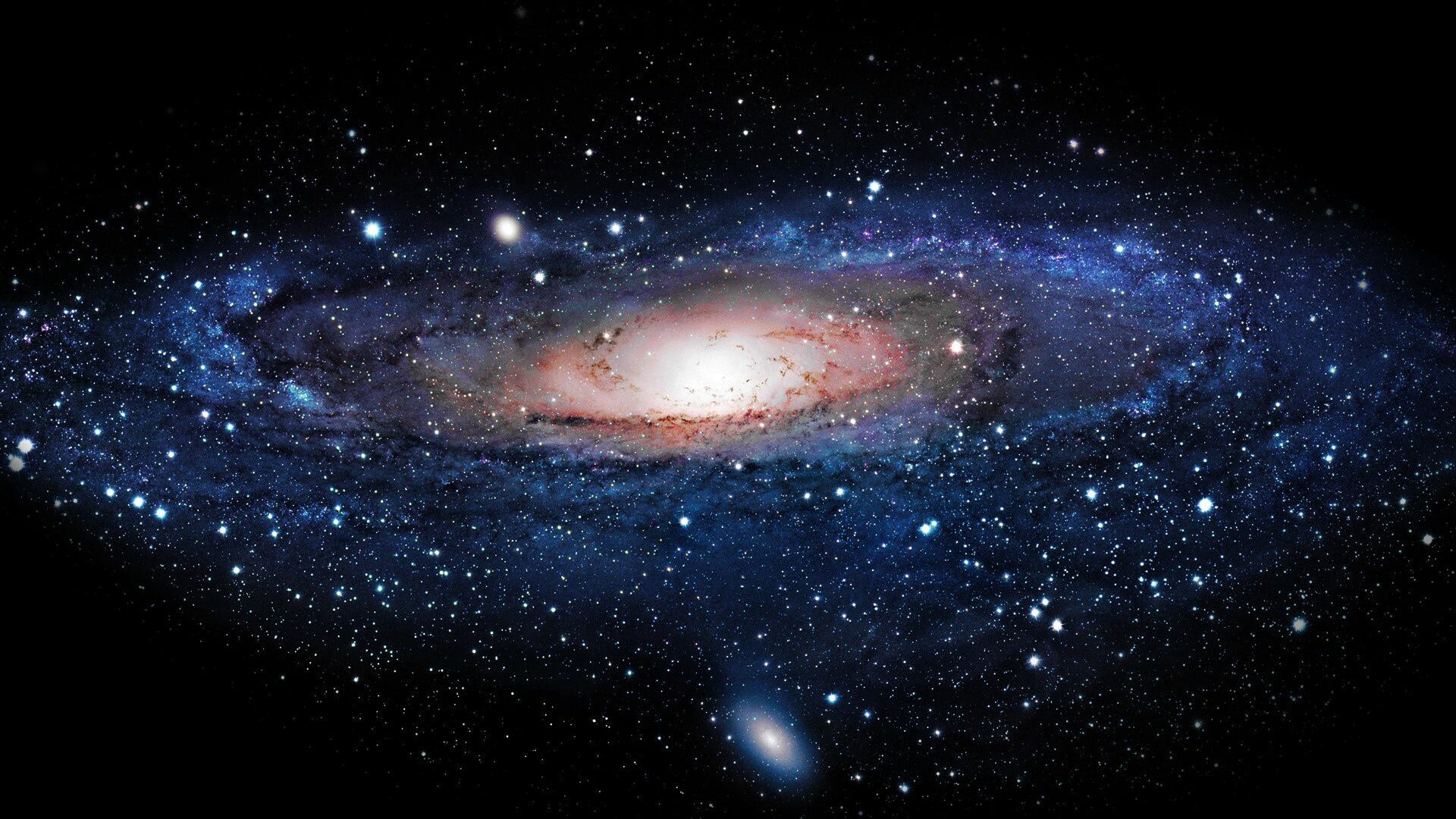



An asteroid is a minor planet of the inner Solar System.
Historically, these terms have been applied to any astronomical
object orbiting the Sun that did not resolve into a disc in a
telescope and was not observed to have characteristics of an active
comet such as a tail.
Millions of asteroids exist: many are shattered remnants of planetesimals,
bodies within the young Sun's solar nebula that never grew large enough to
become planets.[2] The vast majority of known asteroids orbit within the main
asteroid belt located between the orbits of Mars and Jupiter, or are
co-orbital with Jupiter (the Jupiter trojans). However, other orbital families
exist with significant populations, including the near-Earth objects.
Individual asteroids are classified by their characteristic spectra, with the
majority falling into three main groups: C-type, M-type, and S-type. These were
named after and are generally identified with carbon-rich, metallic, and silicate
(stony) compositions, respectively.
Meteoroids are lumps of rock or iron that orbit the sun,
just as planets, asteroids, and comets do. Meteoroids,
especially the tiny particles called micrometeoroids, are
extremely common throughout the solar system. They orbit
the sun among the rocky inner planets, as well as the gas
giants that make up the outer planets.
A very small percentage of meteoroids are rocky pieces that
break off from the Moon and Mars after celestial bodies—often
asteroids or other meteoroids—impact their surfaces.
Meteoroid impacts are probably the largest contributor to
“space weathering.” Space weathering describes the processes
that act upon a celestial body that doesn’t have an airy
atmosphere, such as asteroids, many moons, or the planets Mars
and Mercury.

